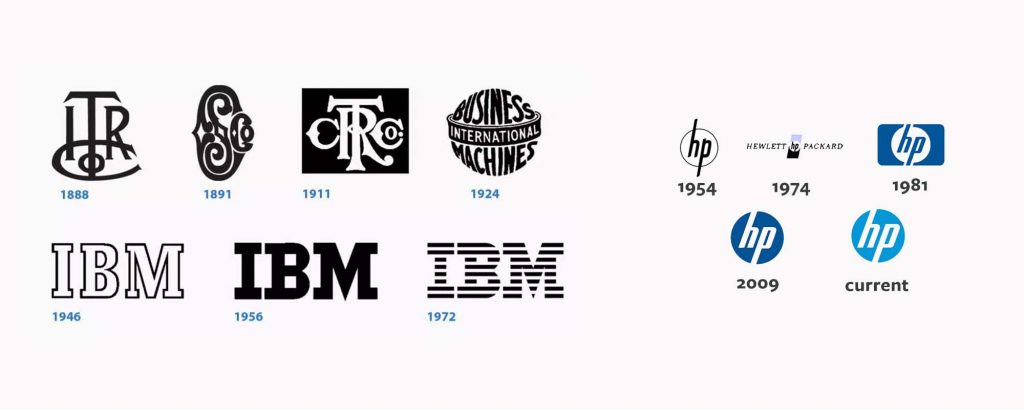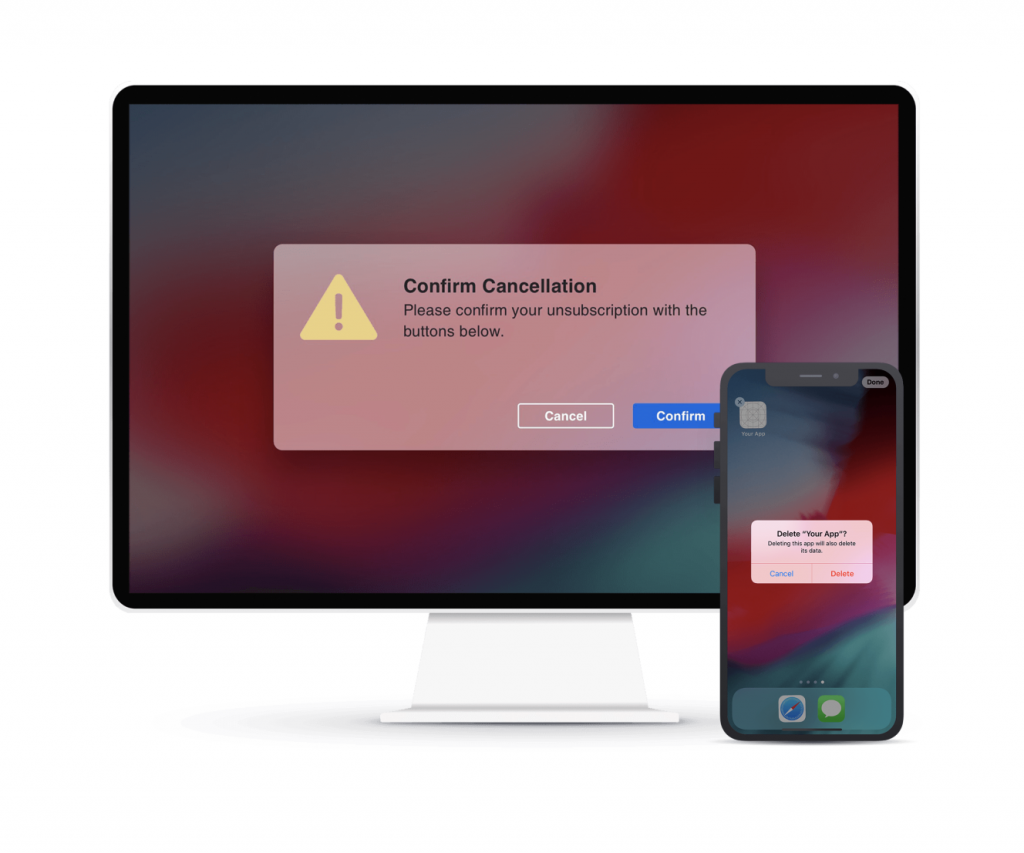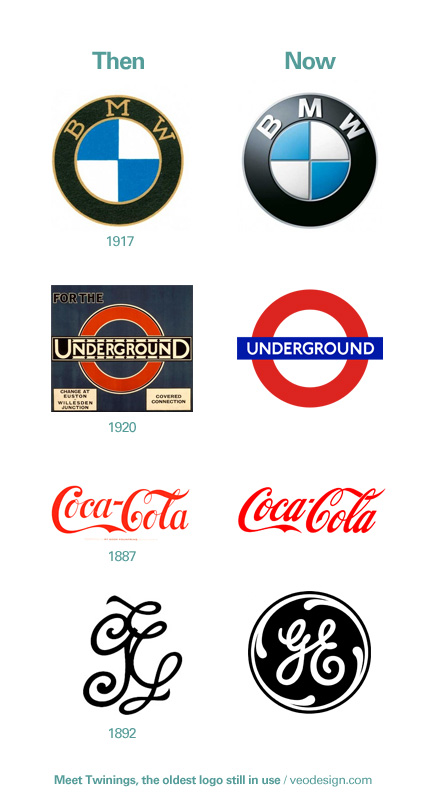This is the extension from yesterday’s post – if you haven’t read it so far, have a look here.
I’ve talked about the expiry date at a larger scale, however in the tech industry it’s harder for one to establish something that’s long-lasting. Or is it?
Yes and no.
Yes in the sense that technologies change, adapt, shift from the initial track, mature too fast, too slow or the context changes. But the company can stay there, like IBM or HP – very good examples of the expiry date issue I was talking about.

Yes, it’s harder, in the sense that if there’s no plan for any of the following:
- long-term thinking
- impact on the world
- legacy
Please remove yourself from this blog and go back to thinking how much money you will do on your exit and where you’ll be “living the life with a lot of alcohol” after the cash-out. But if any of the above listed items ring true, then you probably already know (at least deep down inside) that you’ve buckled up for the long game.
No, it’s not harder to think about long-lasting if you’re aware of that.
No, it’s not harder if it’s about the value delivery.
And no, it’s not harder if there’s a mission to answer the “why does my company exist?” and you’re working to get there. Let’s not digress and leave that for another post. The bottom line is this:
Just because the tech industry is changing faster than others, that’s no excuse to not think long-term in terms of how your company presents itself.
The test of time
HP and IBM have had long-expiry-date logos just like Patek Philippe in yesterday’s example. Their logos look like they fit whether it’s 1972, 1992, 2002 or 2025. Yes, sure, they don’t look like they’re “hip” or “trendy” but that’s the exact reason why they stand the test of time. And the logo is an example that is easier to grasp – the way they present themselves is bigger than just their logos.
Paying (as a company) for something glittery hip-looking jibbity-jabbity looks cool this year. Do you have to change it next year? Will it look outdated in 2 years? Will people get sick of “that trend back in the day” decision?
On the other hand
There are fields that are not old enough to be mature. Fields that aren’t shaped yet or simply look like they won’t stand themselves the test of time.
Or there are conscious decisions about the expiry date of the work. For instance it might look like I myself don’t follow what I’m preaching with chagency’s website. The two devices on the main screen have 2018-related backgrounds that will cause the reactions I’ve noted above in a year (or faster).

But hey, part of the outputs we put out in the experiences we’re creating for our clients is websites. We’ve got the means (and the will) to change that ever so often – that’s a conscious decision. Not making it long-term doesn’t mean it’s wrong.
But please be aware of this question.

About Ch Daniel
I run chagency, an experiences design agency that specialises on helping tech CEOs reduce user churn. We believe experiences are not only the reason why users choose not to leave but also what generates word of mouth. We’re building a credo around this belief.
I’ve also created an infinitely-valuable app for sneaker/fashion enthusiasts called Legit Check that impacted hundreds of thousands over millions of times – check it out at chdaniel.com/app
Please share this with someone and subscribe to our newsletter!— helps us keep pumping content?




